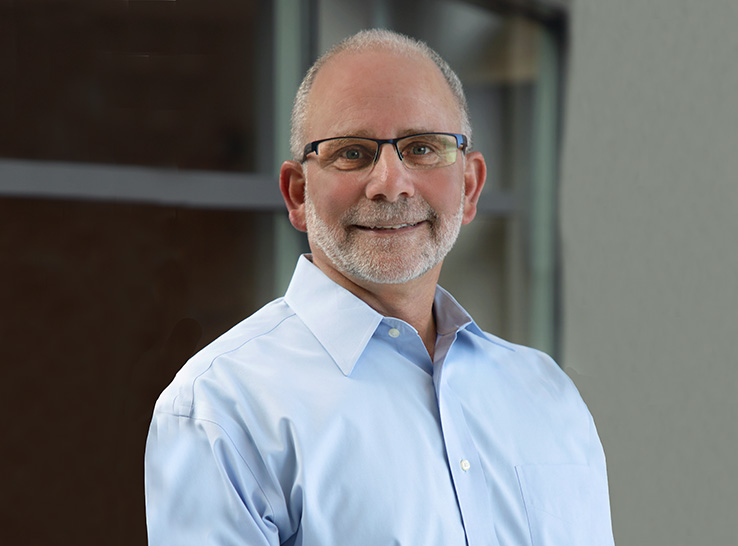
The Five Domains: Using key welfare indicators to drive continuous improvement in animal welfare outcomes
A “Viewpoints” article
By Ken Opengart, DVM, PhD, DACPV
3 Birds Consulting
Signal Mountain, Tennessee

A “Viewpoints” article
By Ken Opengart, DVM, PhD, DACPV
3 Birds Consulting
Signal Mountain, Tennessee

Japanese quail (Corturnix corturnix japonica) are the smallest farmed birds and contribute to approximately 10% and 0.2% of the global table egg and meat markets. Rosie Whittle, PhD, discusses housing, management and key welfare issues associated with farming these birds.
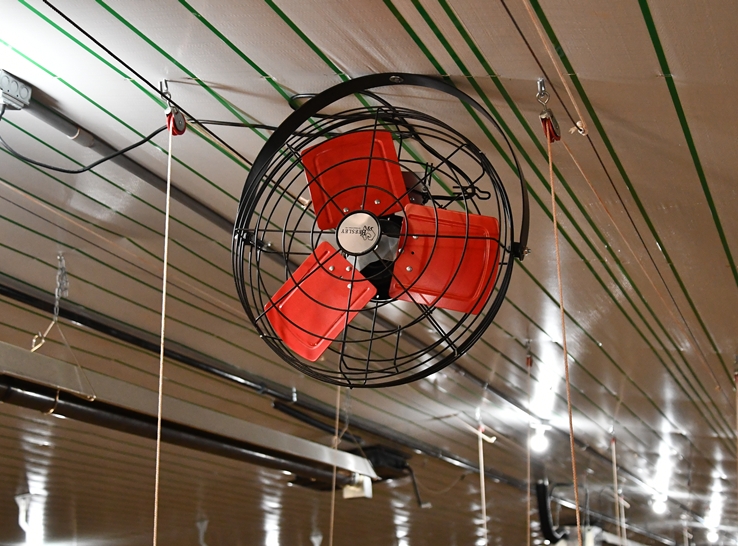
A “Viewpoints” article
by Michael Czarick
Extension Engineer – Poultry
University of Georgia
Department of Poultry Science
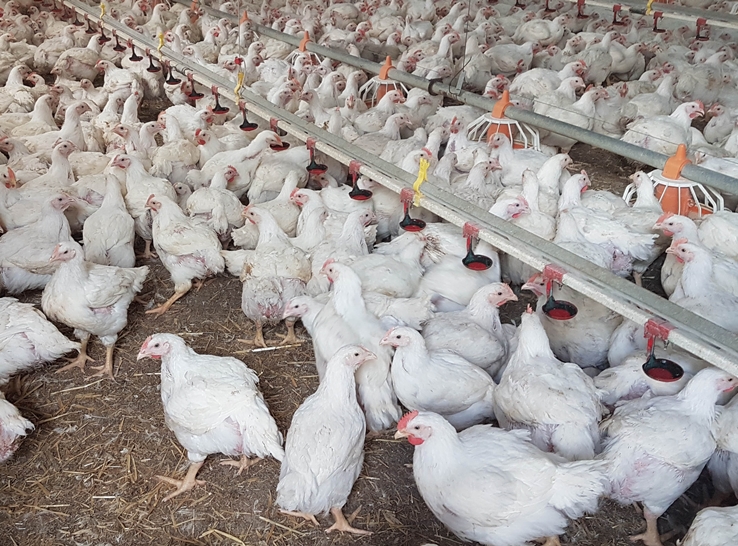
Currently, 38.7% of laying hen housing systems in the United States are cage-free and this transition continues to increase. However, little attention has been given to pullet housing systems. In this article, Richard Blatchford, PhD, University of California, Davis, provides important considerations for pullet management.

Allison Pullin, PhD, North Carolina State University explores how tracking a portion of individual animals in research and commercial poultry flocks offers insight to improve management practices and animal welfare.
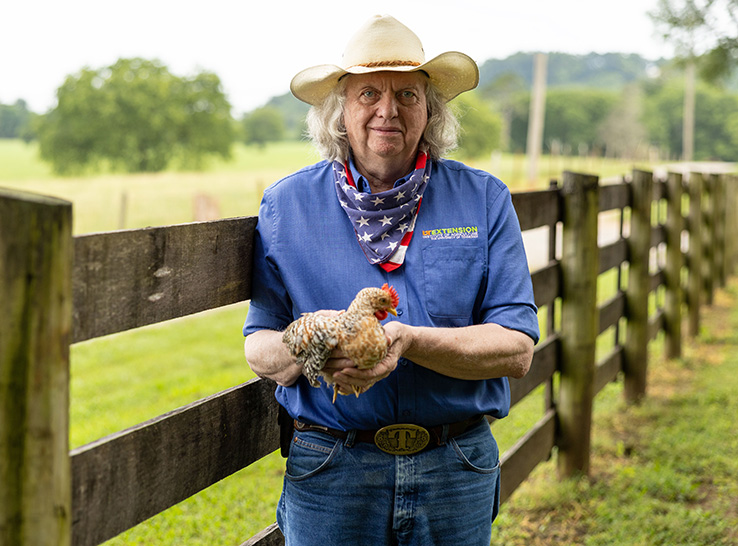
In the highly automated world of poultry production, precision livestock farming (PLF) technology to monitor birds in real time can be used to improve their health, welfare and efficiency. But there are limitations to this technology.
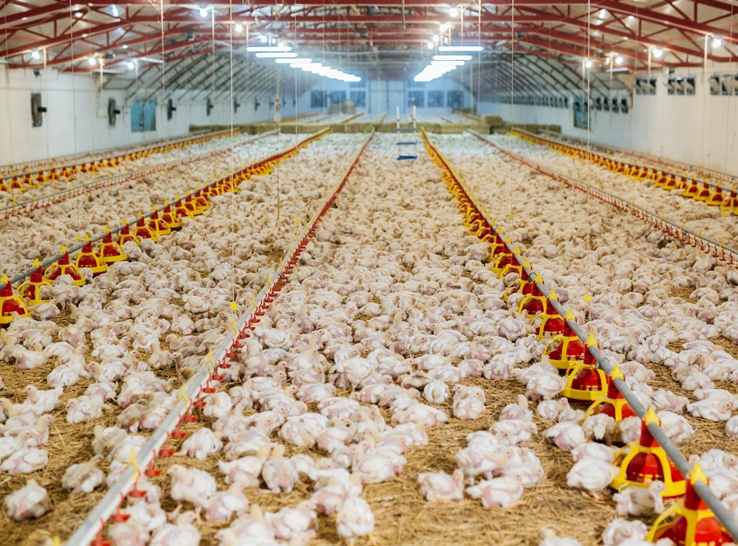
As animal welfare science has evolved, the importance of using animal-based measures to study welfare has become apparent. Birds may have needs and feelings that aren’t immediately obvious to humans, and their priorities are influenced by an evolutionary history that is vastly different than our own.
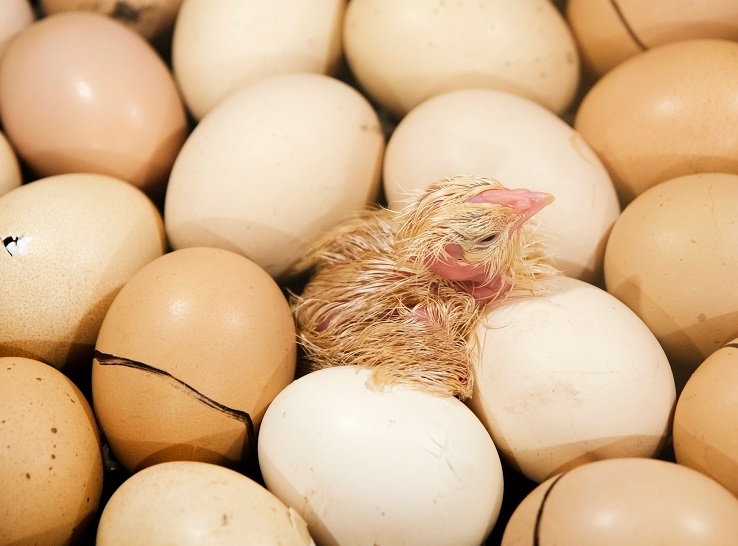
For every laying hen that is hatched, approximately one male counterpart also hatches. However, as roosters do not produce eggs, they are typically culled, or euthanized, at hatch. However, the culling of these day-old male chicks raises ethical concerns.
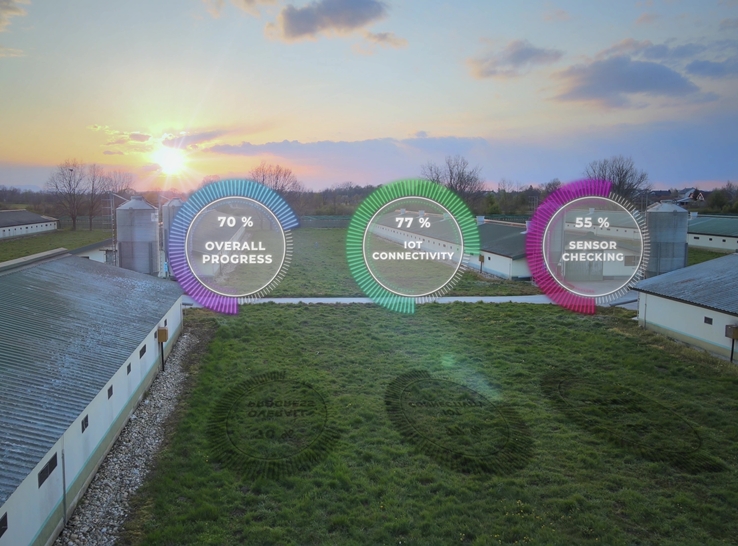
Technology is part of everyday life in a poultry house, and it has helped the industry achieve production goals efficiently, sustainably and with more speed than imagined. But with these technological advances, animal agriculture is on the cusp of a major change.
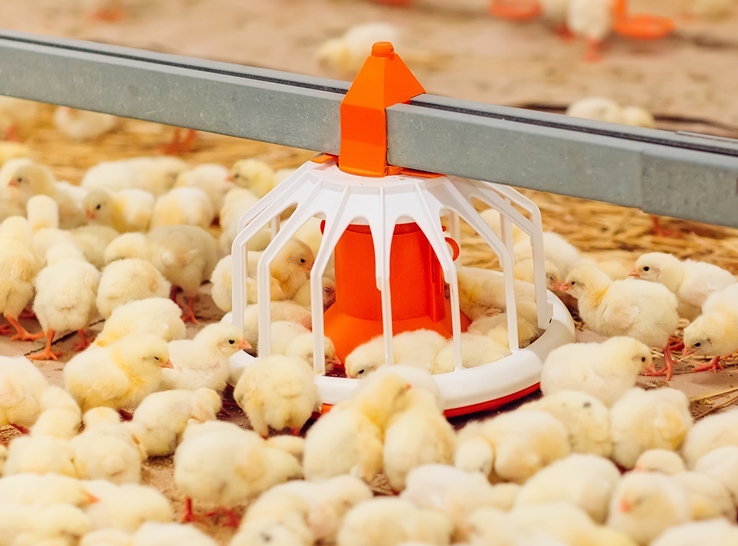
Feed is a vital part of the poultry industry, representing around 60-70% of the total costs. However, even the best feed formulation cannot deliver results if the birds cannot access it readily. Anusha Gautam and Bethany Baker-Cook, PhD, Auburn University, discuss the right type of feeders to select for each of the production phases, appropriate feeder spacing, proper feeder height, and the overall feeder arrangement.
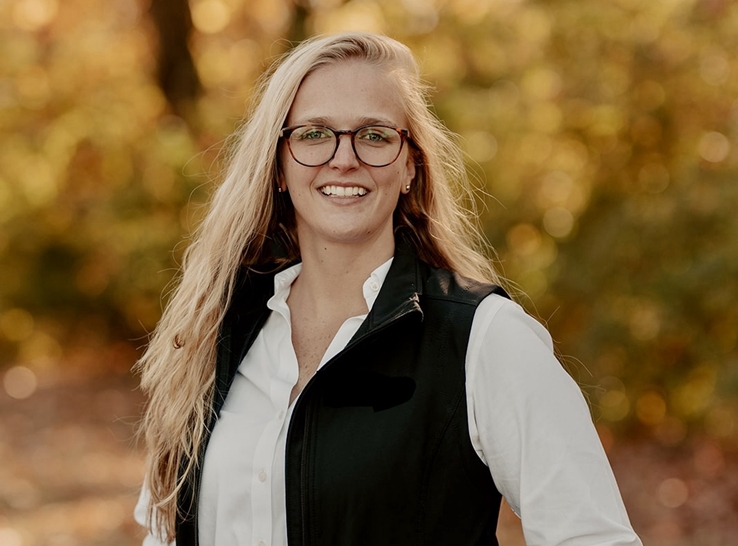
Emily Kimminau, PhD, has firmly become one of the industry’s go-to specialists in coccidiosis — a disease that remains one of the most prevalent and costly challenges in global poultry production. In this Q&A, she talks about disease trends, gut health strategies and what the future holds for data-driven poultry production.
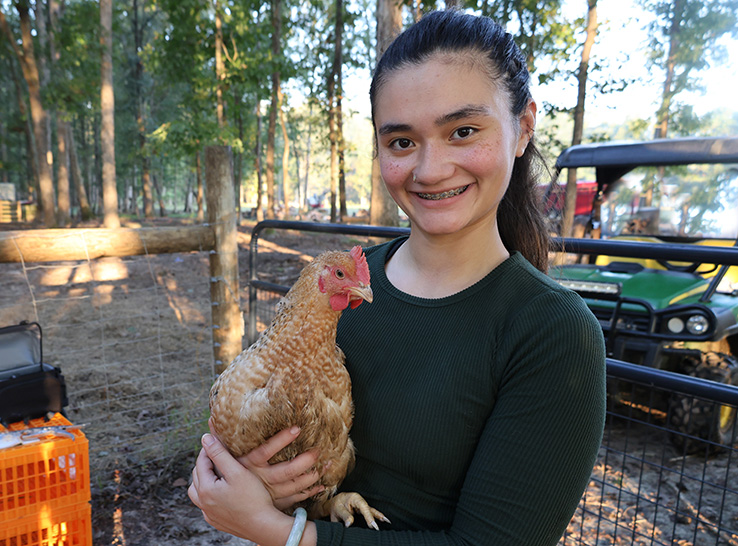
A North Carolina State University study, led by graduate student Athena He-DeMontaron, compared the growth performance and mortalities of fast- and slow-growing strains of broilers reared in silvopastures, which provide a natural habitat with trees, shrubbery and vegetation and indoor facilities. How did these systems impact the different bird strains?